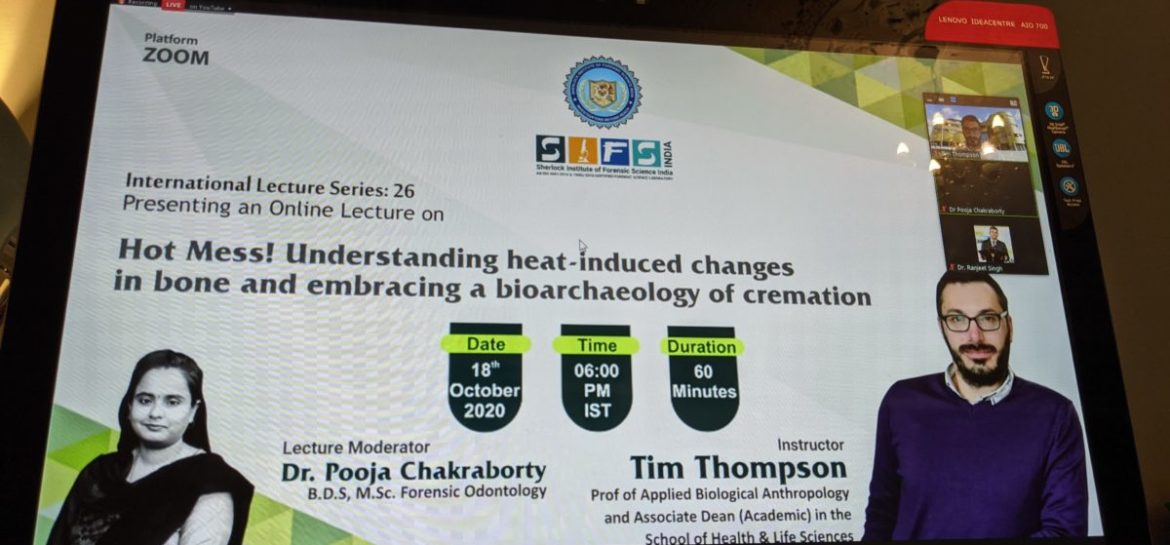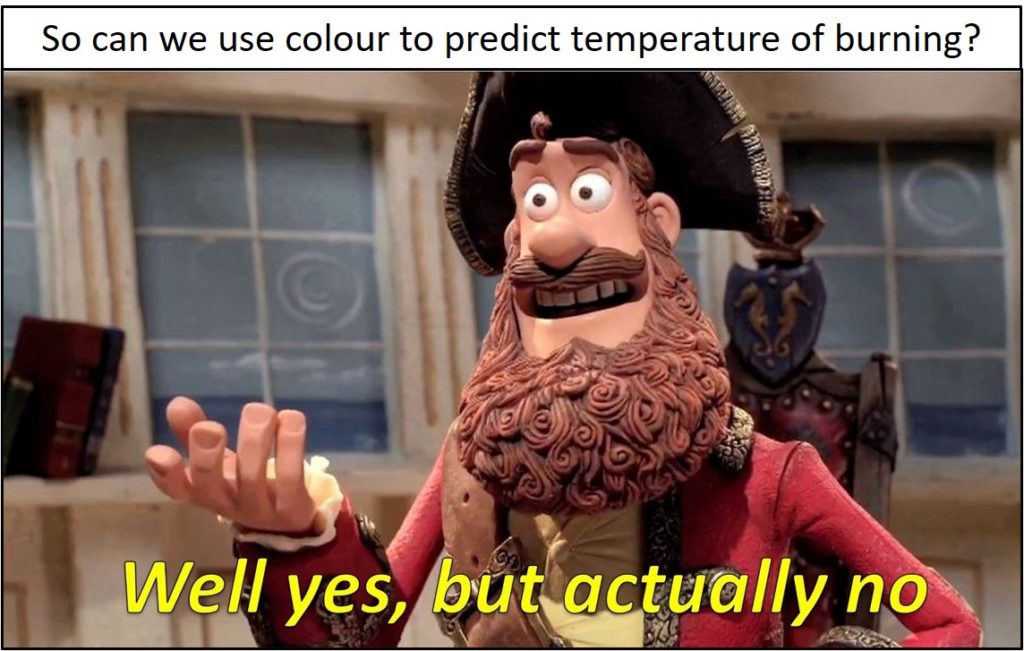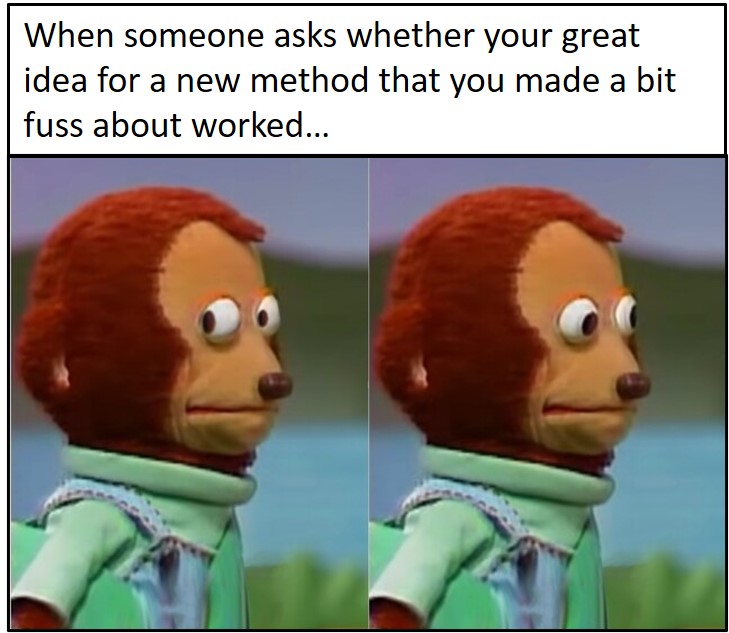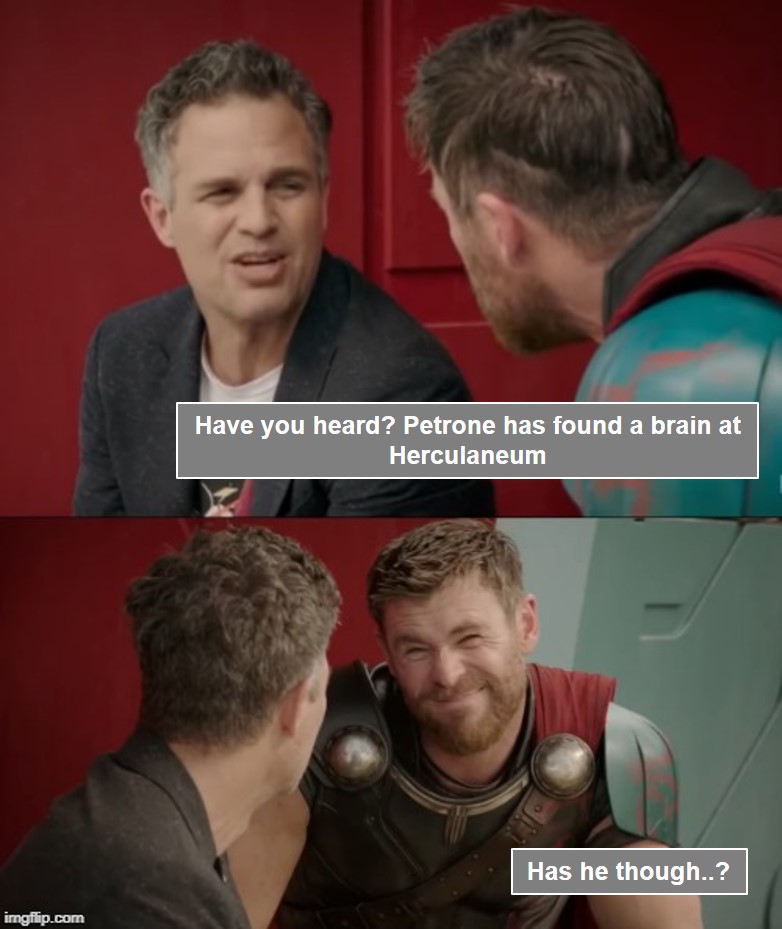
As you know, I am not one for willingly turning down an opportunity to talk in front of an audience, so I was delighted to be asked to give a talk as part of the series of guest lectures run by the Sherlock Institute of Forensic Science India. I was following some great talks over the past few months, including Jason Payne James talking about the role of the forensic physician and Patrick Randolph-Quinney discussing issues in taphonomy.
My presentation focused on the effect of burning on the skeleton, and how we are using new methods to develop new interpretations of contexts of life and death through the study of these burned bones. It was a great pleasure to contribute and the organising team have been super-welcoming and are very kind, particularly Dr Pooja Chakraborty who looked after me during this process. If you so desire you can watch the recording of my talk (and you really should, partly because it’s interesting and partly because I want to have the highest viewing figures on the YouTube channel…): Hot Mess! Understanding hear-induced changes in bone and embracing a bioarchaeology of cremation.
Finished it? Excellent. You genuinely won’t find a better way to spend an hour of your life. Anyway, during the process of pulling the talk together, I started to make a few burned bone-related memes. It’s the sort of mature activity that I can only assume my bosses are delighted to see. As it turned out, and totally unexpectedly, the memes described my research journey so far. I started to research the effects of burning on human identification back when I was doing my MSc in Forensic Anthropology at Bradford. I then did my Master’s project on the effect of burning on methods of sex estimation, my PhD attempted to statistical correct heat-induced shrinkage in osteoprofiles, and then jump cut to this month, and I am still grappling with similar issues. This suggest that either the medium is very complex, or I’m a terrible researcher. Let’s all collectively agree that it’s the former, and move on shall we…





I realised, with horror, that I started my work on the study of burned bone in December 1998. I have been researching this topic literally since before some of my students were born. Excuse me while I go and sit down with a cup of tea to process this…